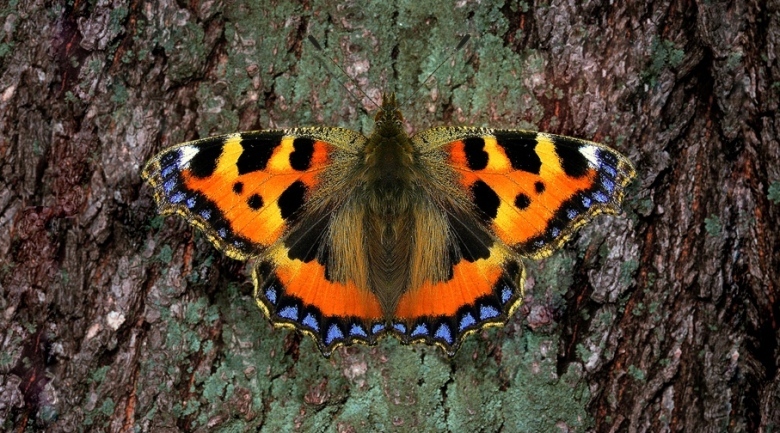
Using an electron microscope, researchers found the wings of the glasswing butterfly were covered in a chaotic arrangement of nanostructures. The typical height of tiny pillars on its wings varied from 400 to 600 nanometers with the distance between ranging from 100 to 140 nanometers, or about one thousandth of a human hair.
The discovery is similar to a technique found last year where researches made nanometer scratches in the surface of glass to make it less reflective. In simulations the researchers modelled the irregular structure of the butterfly wing and found that it was still glare-proof and almost non-reflective. By way of comparison a flat pane of glass reflects between eight and 100 percent of light, depending on the viewing angle. The researchers found that the butterfly wing reflected between two and five percent.
"In contrast to other natural phenomena, where regularity is of top priority, the glasswing butterfly uses an apparent chaos to reach effects that are also fascinating for us humans," explained doctoral student Radwanul Hasan Siddique, who discovered the effect.
Not only is the material glare-proof, it is also water-repellent and self-cleaning. The research team said it could find practical applications wherever low-reflection surfaces were needed, from lenses on cameras to displays on mobile phones. The team will next work to create a synthetic version of the effect and conduct further tests.
